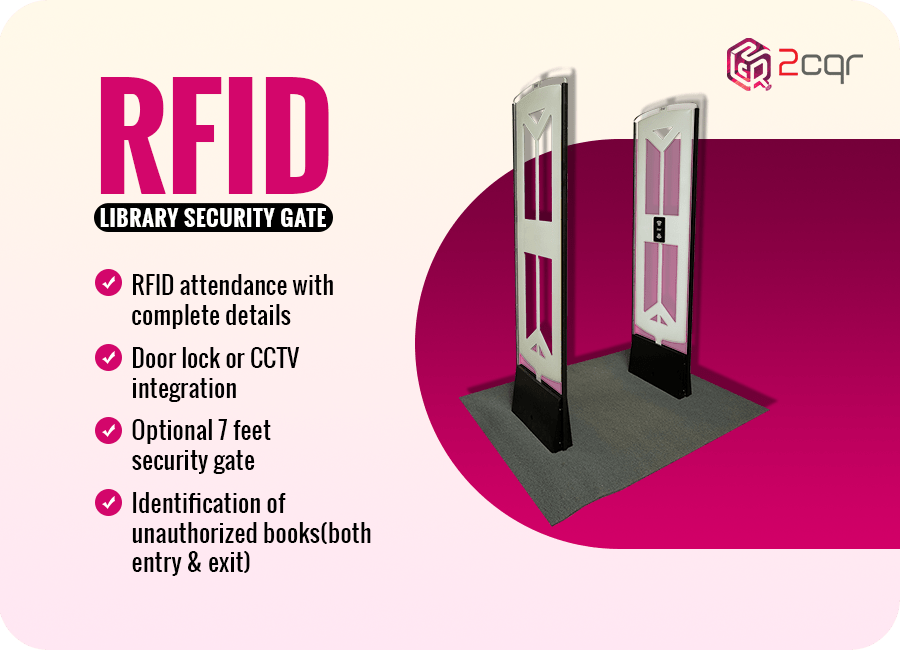
RFID systems have revolutionised library management by automating numerous tasks, enhancing accuracy, and ensuring a seamless user experience. Among these systems, passive RFID solutions have gained immense popularity worldwide due to their cost-effectiveness and efficiency. They operate without internal energy sources like batteries, saving time and money on replacements, making them the preferred choice for library automation.
Before implementing passive RFID library systems in your library, here are four essential things to know:
1. No Battery Hassles
Passive RFID for library use radio frequency signals to energise RFID tags and retrieve information. Unlike active RFID systems that rely on batteries, passive systems don’t require internal power sources. This eliminates the need for battery replacement, making passive RFID solutions for library a cost-effective and low-maintenance automation choice. The absence of batteries also reduces the overall operational costs, making it an economically viable option for libraries.
2. Periodic Maintenance is Vital
In passive RFID library systems, RFID tags are the backbone. Even minor disturbances in these tags can affect readability, significantly impacting the accuracy of library management activities. These tags are sensitive and susceptible to wear and tear caused by environmental factors, such as temperature, humidity, electromagnetic fields, rough handling, and time. Conducting regular maintenance to repair minor wear and tear is essential to ensuring the smooth, uninterrupted operations of the system over the long term. By attending to these maintenance needs, libraries can prevent larger issues that could lead to increased costs and downtime.
3. Consider the Read Range
One notable characteristic of passive RFID systems is their shorter read range. While this shorter range enhances security, it can also present challenges when there is a need to read multiple tags simultaneously. Libraries should carefully assess their requirements and select the appropriate frequency signals, number of RFID readers, and suitable RFID tags before adopting rfid for library. This strategic planning ensures that the RFID system operates efficiently and doesn’t compromise the functionality of library operations.
4. Tailored Solutions
Implementing passive RFID systems for library management is not a one-size-fits-all solution. Libraries vary in size, volume, and the challenges they face. It’s crucial to design a tailored solution that aligns with specific requirements, taking into account parameters like resource size, library layout, potential for scalability, technological advancements, return on investment (ROI), and budget considerations. Collaborating with expert RFID suppliers allows for in-depth discussions and helps libraries achieve customised solutions that meet their unique needs and deliver satisfying results.
In conclusion, passive RFID systems are a game-changer for library management, offering cost-effective and efficient solutions. However, to make the most of this technology, libraries need to understand their unique requirements, engage in regular maintenance, choose the right components, and work with expert suppliers to ensure the system’s success. By doing so, libraries can enjoy the benefits of automation while preserving the security and user experience that patrons expect.


